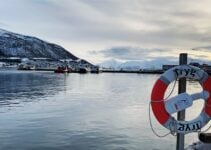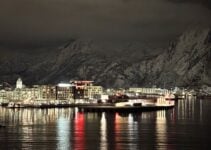Norway, a country known for its breathtaking landscapes, deep fjords, and rich history, is divided into 15 administrative counties. Each county has its own unique history, character, and charm.
These counties, known as “fylker” in Norwegian, are important administrative divisions. But they also serve as a window into the diverse cultural, historical, and natural beauty that Norway has to offer.
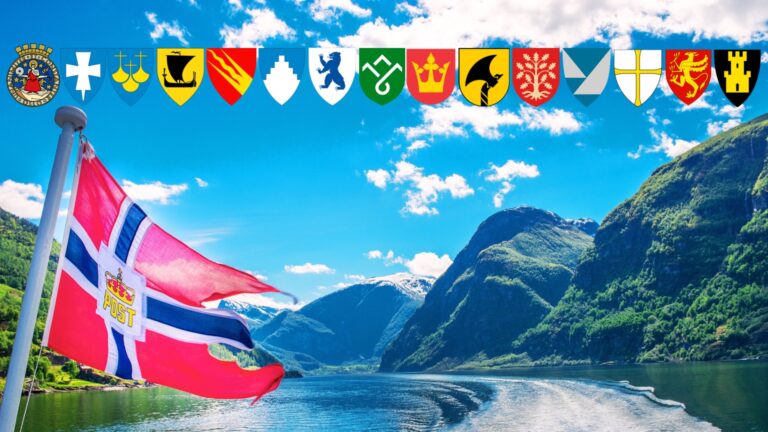
From the rugged coastlines of Vestland to the lakes of Innlandet and the vibrant urban life in Oslo, Norway's counties encapsulate the essence of the nation's identity.
As we delve into the heart of Norway, county by county, we uncover the facts, figures, and stories that make each one special, offering insights into Scandinavian life.
Whether you're drawn to the allure of the remote Arctic in Finnmark or the cultural heritage of Trøndelag, let’s dive in.
The role of counties in Norway
In Norway, counties serve as crucial administrative units, bridging the gap between the national government and local municipalities.
Each county, governed by a county council elected by its residents, plays a pivotal role in regional development, education, and infrastructure.
These councils are tasked with a wide range of devolved governmental tasks, including:
- Construction and maintenance of county roads
- Planning and support for public transport
- Secondary education
- Preservation of cultural heritage
- Sports, outdoor life, and public health
- Integration
- Cultural development and dissemination, including museum and libraries
- Regional development and land management
- Dental care
The counties of Norway in 2024
In recent years, Norway's county structure has undergone significant changes. Many of these changes met with resistance and have since been reversed.
For example, the county of Viken was created in 2020 by a merger of Akershus, Buskerud, and Østfold. But just four years later, Viken no longer exists, and the previous three counties are back.
This map shows how the counties are at the beginning of 2024, after the most recent changes:
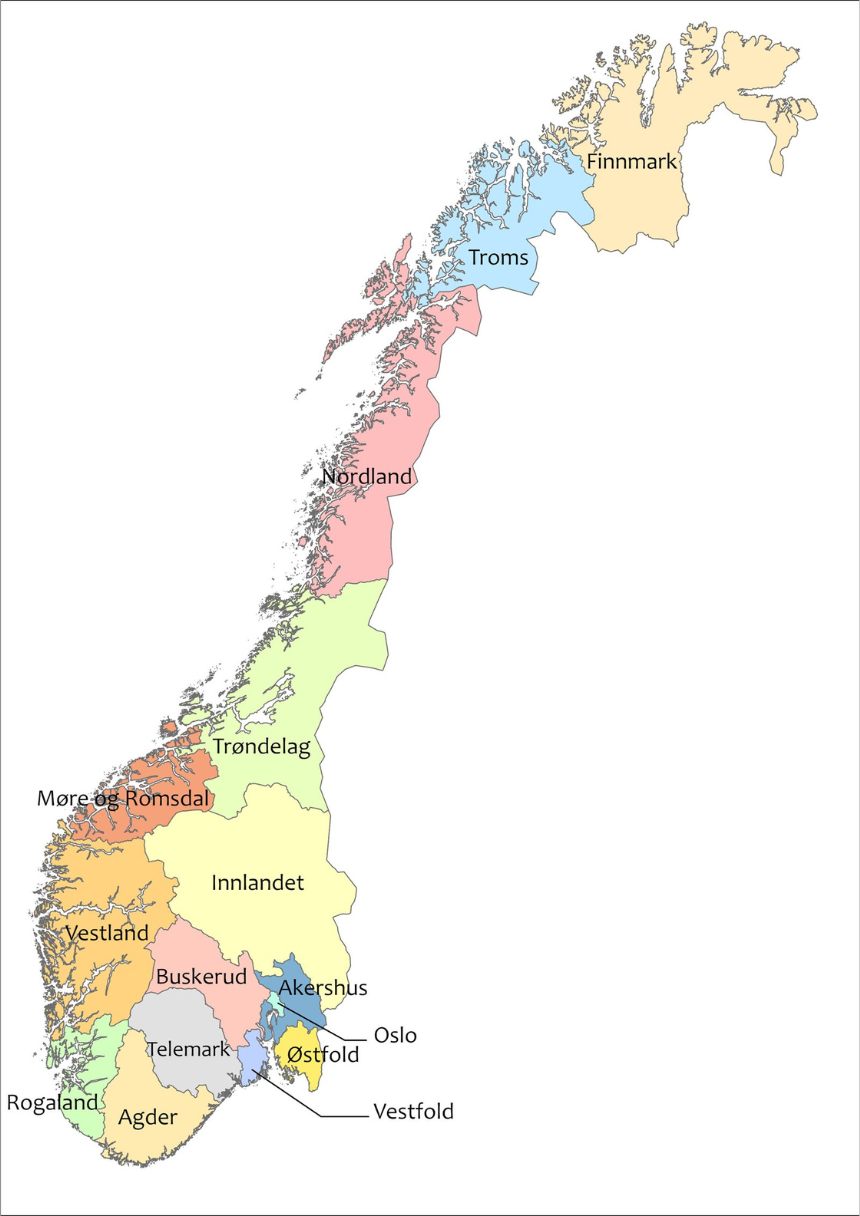
Now, on to the details! So, as of January 2024, here are the counties of Norway:
Oslo
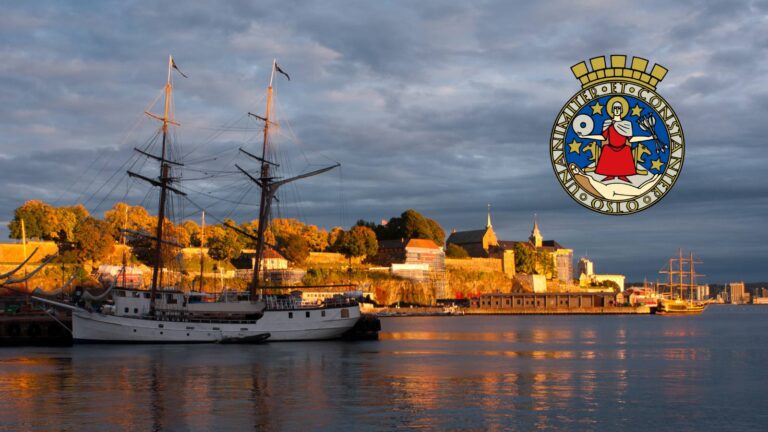
As a municipality and a county, Norway’s capital city has a special administrative status. To help manage this, Oslo is broken up into 15 smaller districts (bydeler), each with devolved roles and responsibilities. Each bydel holds elections to its council.
Quick facts about Oslo county:
County seat: Oslo
Population: 717,710
Area: 454.12 square kilometres
Modern Oslo encompasses two former municipalities, the historic market town of Oslo/Christiania, and the former rural municipality of Aker.
Notable landmarks in Oslo include the historic Akershus Fortress, the modern Oslo Opera House, Holmenkollen Ski Jump, and the Vigeland Sculpture Park, which showcases over 200 sculptures by Gustav Vigeland.
Rogaland
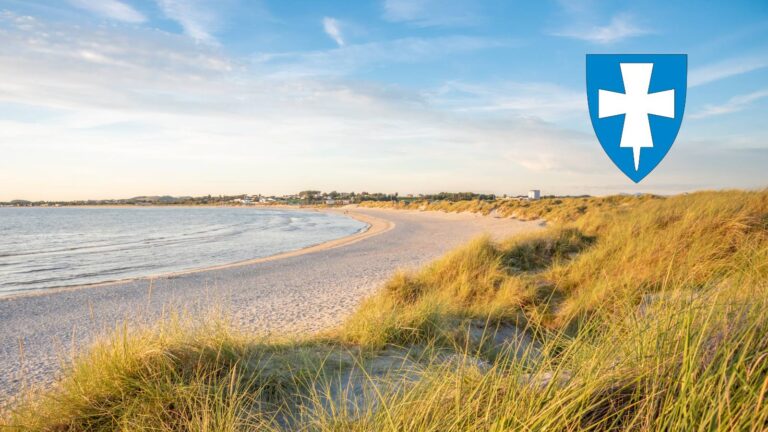
Located in southwest Norway, Rogaland is famed for its varied landscapes, from coastlines to fjords. Stavanger, its administrative heart and an oil sector hub, is notable for its cultural vibrancy and historic core.
Quick facts about Rogaland county:
County seat: Stavanger
Notable places: Stavanger, Haugesund, Sandnes, Egersund, Bryne
Population: 499,417
Area: 9,377.10 square kilometres
Locals, known as “rogalendinger,” speak a unique dialect. The county's mix of maritime, agricultural, and oil industries has shaped its global role. Attractions like Preikestolen, Kjeragbolten, and Jæren's beaches draw global visitors.
Møre og Romsdal
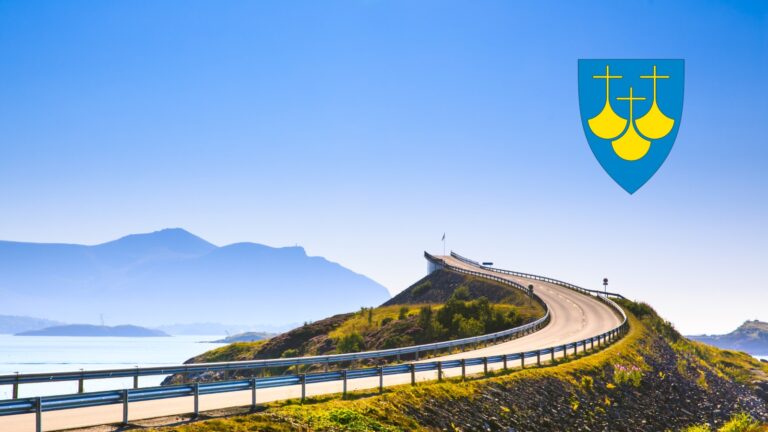
Nestled along Norway's western coastline, Møre og Romsdal is renowned for its breathtaking scenery, encompassing deep fjords, towering mountains, and a rugged coastline.
Quick facts about Møre og Romsdal county:
County seat: Molde
Notable places: Ålesund, Molde, Kristiansund
Population: 270,624
Area: 14,355.75 square kilometres
The region boasts iconic landmarks like the Geirangerfjord, a UNESCO World Heritage site, and the Atlantic Road, celebrated for its dramatic ocean views.
The people of this region share a strong connection to the sea, reflected in their fishing and shipbuilding industries. The combination of natural beauty and cultural heritage makes Møre og Romsdal a distinct part of Norway.
Nordland
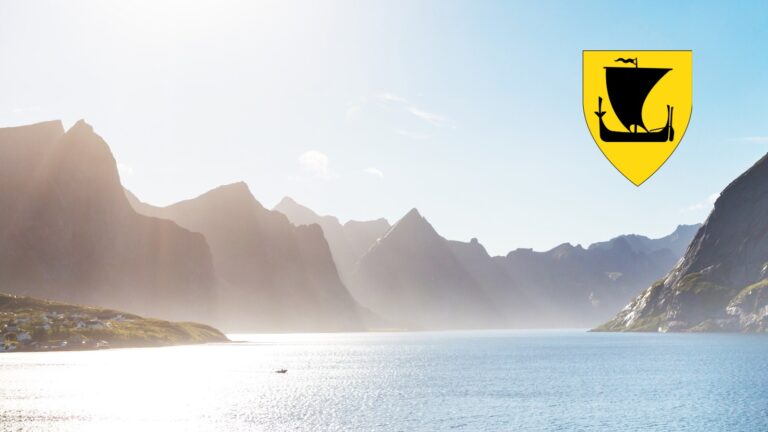
Located north of Trøndelag, Nordland county is characterized by its stunning natural landscapes, which include a dramatic coastline, the majestic Lofoten islands, and vast mountain ranges.
Quick facts about Nordland county:
County seat: Bodø
Notable places: Bodø, Lofoten Islands, Mo i Rana, Narvik
Population: 243,081
Area: 38,154.62 square kilometres
Bodø, the administrative center, is known for its cultural institutions and as a gateway to the northern wonders. In 2024, Bodø and the wider Nordland region has a year in the spotlight as a European Capital of Culture.
Nordlanders, or “nordlendinger,” are known for their resilience and close ties to the sea, with fishing and aquaculture being key industries. Nordland's rich Sami heritage adds to its cultural depth.
Østfold
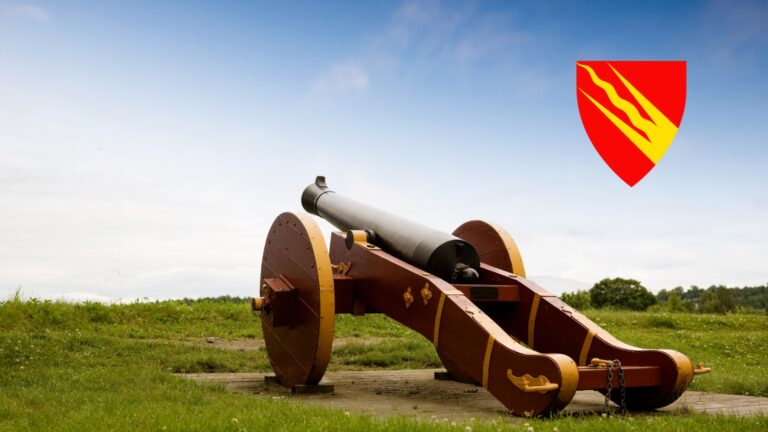
Located in Norway’s southeast, Østfold is known for its rich history, cultural heritage, and proximity to the Swedish border.
Quick facts about Østfold county:
County seat: Sarpsborg
Notable places: Fredrikstad, Sarpsborg, Moss, Halden
Population: 312,152
Area: 4,004.2 square kilometres
With Fredrikstad and Sarpsborg as significant urban centers, the county boasts a blend of historical sites, including the well-preserved Fredrikstad Fortress and the ancient rock carvings at Halden.
Østfold's landscape features gentle hills, forests, and a scenic coastline along the Oslofjord. The people of Østfold, referred to as “østfoldinger,” have a strong regional identity rooted in agriculture, industry, and maritime activities.
Akershus
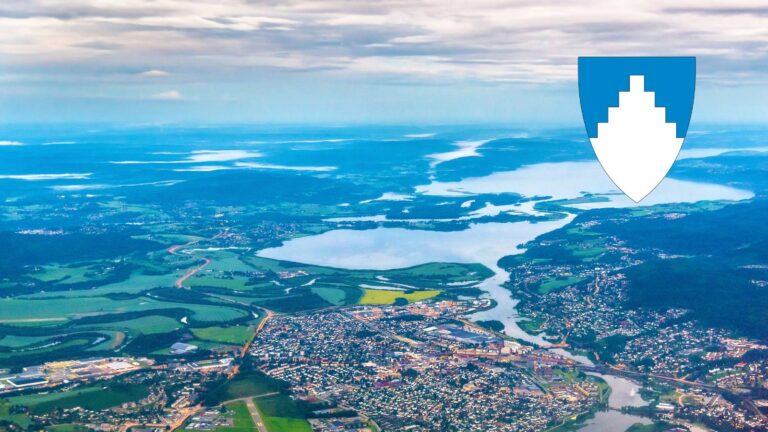
One of Norway’s more curious counties, Akershus encircles Oslo, but its county seat is actually in the Norwegian capital. The county consists of a mix of suburban areas, lush forests, and coastline along the Oslofjord.
Quick facts about Akershus county:
County seat: Oslo
Notable places: Oslo Airport, Sandvika, Asker, Lillestrøm
Population: 728,803
Area: 5,894.47 square kilometres
The region plays a crucial role in Norway's economy and governance, hosting Oslo Airport, numerous business parks, and governmental bodies. Many residents in Akershus work in Oslo.
Buskerud
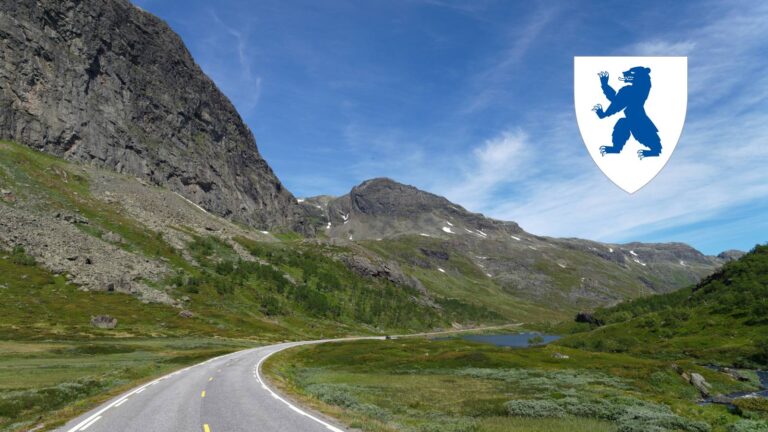
Buskerud is a county characterised by its diverse landscapes, ranging from the serene Oslofjord at the coast to rugged mountains farther inland. Drammen, the county seat, is a hub for trade and industry.
Quick facts about Buskerud county:
County seat: Drammen
Notable places: Drammen, Kongsberg, Hønefoss, Geilo
Population: 269,819
Area: 14,693.87 square kilometres
The vast region is rich in natural beauty, with Hardangervidda National Park offering the opportunity for numerous outdoor activities, such as hiking, skiing, and fishing. Hallingdal valley provides a glimpse into traditional Norwegian culture.
The county's historical significance is reflected in its ancient churches, traditional farms, and the medieval fortress in Drammen.
Innlandet
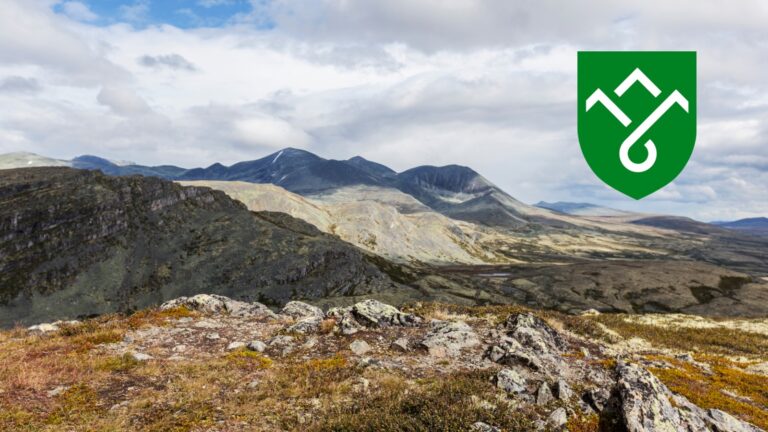
Formed in 2020 by a merger of Hedmark and Oppland, Innlandet stretches across Norway's interior, featuring mountains, forests, and lakes. Its economy thrives on agriculture and forestry.
Quick facts about Innlandet county:
County seat: Hamar
Notable places: Hamar, Gjøvik, Lillehammer, Elverum
Population: 376,304
Area: 52,072.44 square kilometres
Lillehammer, notable for the 1994 Winter Olympics, epitomizes the region's blend of sports, culture, and history.
Innlandet houses parts of Jotunheimen and Rondane National Parks, offering abundant outdoor activities. The region's rich heritage is visible in its stave churches and historical sites.
Vestfold
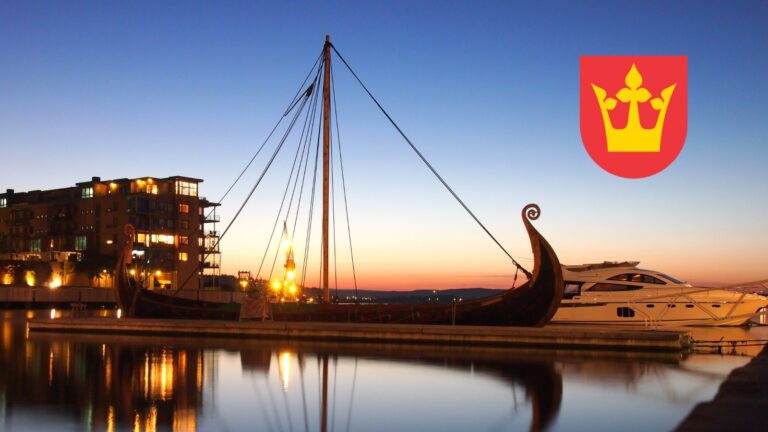
The county of Vestfold, located along the southern coast of Norway, is rich in Viking history and maritime heritage. It's known for its beautiful coastline, with sandy beaches and sheltered coves, making it a popular summer destination.
Quick facts about Vestfold county:
County seat: Tønsberg
Notable places: Tønsberg, Sandefjord, Larvik, Horten
Population: 256,432
Area: 2,167.65 square kilometres
The county hosts significant historical sites, including Viking ship burial sites. Tønsberg, Norway's oldest city, and Sandefjord, with its whaling museum, are among Vestfold's urban highlights.
Agriculture also plays a key role in the region, benefitting from the fertile lands and mild climate. Vestfold's compact size and proximity to Oslo make it an accessible destination.
Telemark
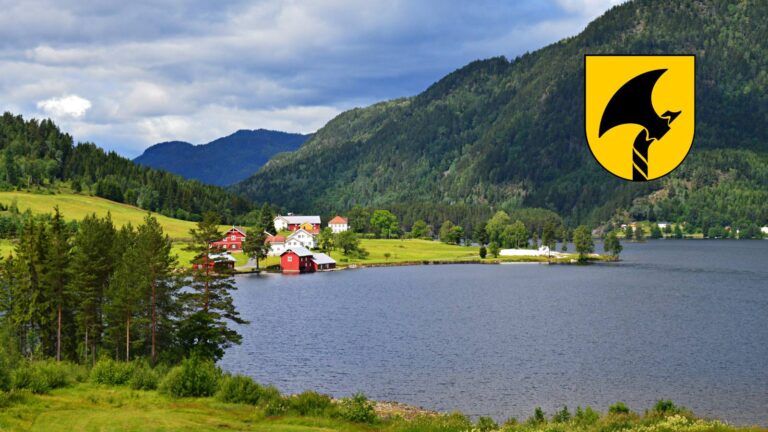
Telemark, a county in southeastern Norway, is celebrated for its diverse landscapes, which range from coastal areas in the south to mountainous regions in the north.
Quick facts about Telemark county:
County seat: Skien
Notable places: Porsgrunn, Skien, Notodden, Rjukan
Population: 177,093
Area: 15,298.16 square kilometres
It's a place where nature, history, and culture intertwine, offering everything from skiing and hiking in the Hardangervidda and the historic Telemark Canal, to exploring ancient stave churches and traditional Norwegian farms.
The historic town of Rjukan, listed as a UNESCO World Heritage Site for its industrial heritage, highlights the region's contribution to early industry. Telemark is also known for its folklore, deeply embedded in the Norwegian cultural identity.
Agder
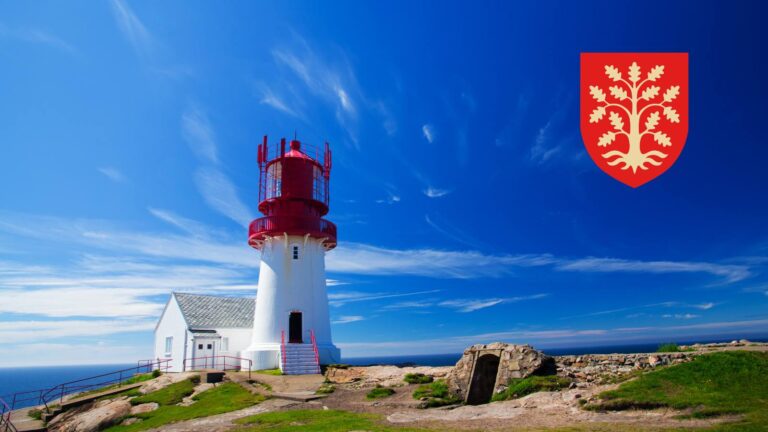
Norway’s southernmost county, Agder is marked by its striking coastline. The region blends beautiful archipelagos, beaches, and a hinterland characterised by rolling hills and forests.
Quick facts about Agder county:
County seat: Kristiansand
Notable places: Kristiansand, Arendal, Korsvik, Grimstad
Population: 319,850
Area: 16,434.12 square kilometres
Agder is a fusion of coastal culture and inland traditions, with a strong maritime history deeply linked to shipping and fishing, alongside a significant agricultural base in its more rural areas.
Kristiansand, the county capital and largest city, is a vibrant urban center known for its cultural institutions, festivals, and as an important gateway to Norway through its busy port.
Vestland
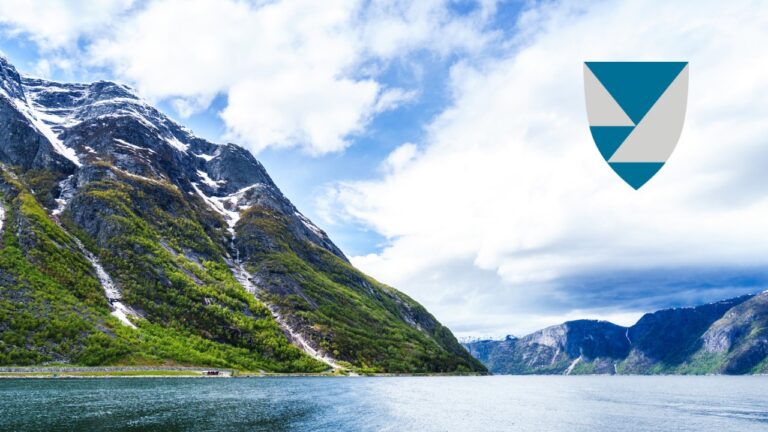
Vestland, formed in 2020 by merging Hordaland and Sogn og Fjordane, is renowned for its stunning fjords, such as Sognefjord and Hardangerfjord, and mountainous terrain.
Quick facts about Vestland county:
County seat: Bergen
Notable places: Bergen, Sognefjord, Hardangerfjord
Population: 651,299
Area: 33,870.99 square kilometres
Its capital, Bergen, is noted for the historic Bryggen wharf and as a fjord gateway. The county is also a hub for outdoor activities, with Voss and the Flåm Railway being key attractions.
Vestland's economy is diverse, encompassing tourism, maritime industries, agriculture, and hydropower.
Trøndelag
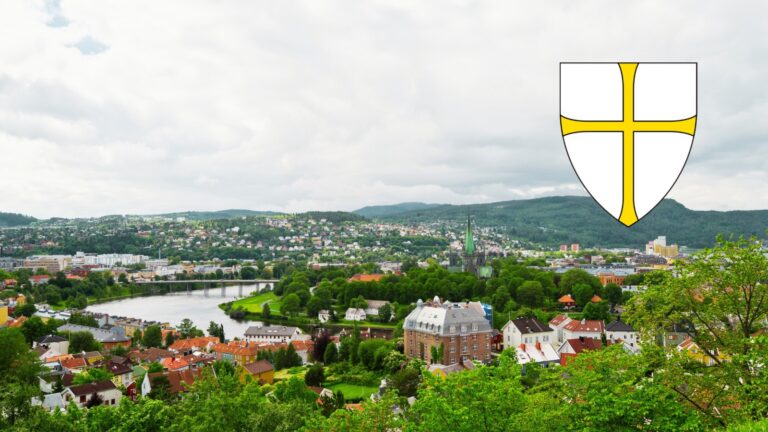
Formed in 2018 following the merger of Nord-Trøndelag and Sør-Trøndelag, the main functions of the new Trøndelag county are based in both Trondheim and Steinkjer.
Quick facts about Trøndelag county:
County seat: Trondheim & Steinkjer
Notable places: Trondheim, Steinkjer, Oppdal, Røros
Population: 482,956
Area: 42,201.59 square kilometres
A person from Trøndelag is called a trønder. The regional Trøndersk dialect of spoken Norwegian is one of Norway’s most distinctive, characterised by dropping most vowel endings.
Troms
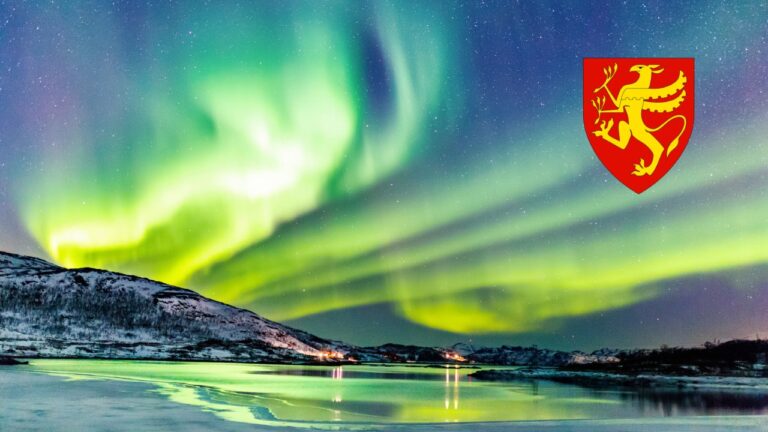
Troms, located in the far north of Norway, is characterised by its vast Arctic wilderness, including mountains, fjords, and islands, such as the renowned Senja, often referred to as Norway's fairy-tale island due to its stunning scenery.
Quick facts about Troms county:
County seat: Tromsø
Notable places: Tromsø, Harstad
Population: 169,610
Area: 25,862.99 square kilometres
Tromsø, the largest Norwegian city north of the Arctic Circle, serves as the administrative centre. It’s known for its vibrant cultural life, historical polar exploration sites, and as a prime location to witness the northern lights.
The indigenous Sámi culture adds depth to the region's heritage, especially in areas related to reindeer herding, language, and crafts. The county was reestablished in 2024, following a four-year merger with Finnmark.
Finnmark
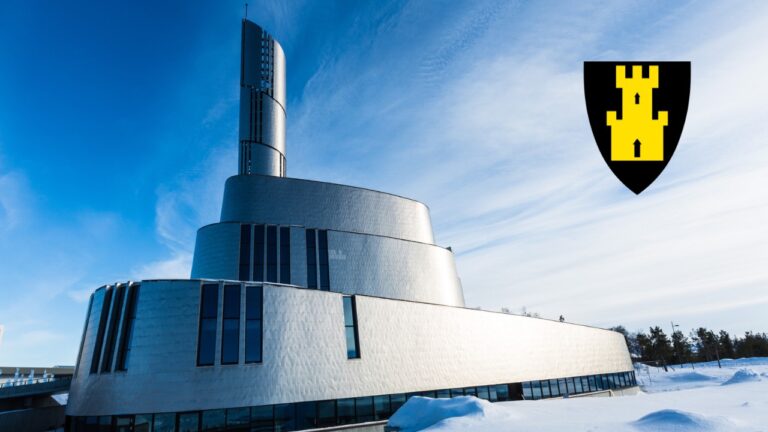
Finnmark, the northernmost and easternmost county of Norway, is a land of extreme and untouched beauty, stretching from harsh coastal landscapes to the vast plateaus of the Arctic tundra.
Quick facts about Finnmark county:
County seat: Vadsø
Notable places: Alta, North Cape, Hammerfest, Kirkenes, Karasjok
Population: 75,053
Area: 48,631.09 square kilometres
It shares borders with Russia and Finland, adding to its rich cultural life, which is deeply influenced by the Sámi, the indigenous people of the region.
Despite its sparse population, the community spirit in Finnmark is strong, with a deep connection to the land and a lifestyle adapted to its Arctic environment. The county was reestablished in 2024, following a four-year merger with Troms.
Svalbard and Jan Mayen
Although it’s not a county, we must mention Svalbard and Jan Mayen for completeness.
Svalbard and Jan Mayen are part of the Kingdom of Norway, although they do not have county or municipality status. They do, however, have a postcode in the Norwegian system.
Longyearbyen, the biggest settlement in the archipelago, is a Norwegian-speaking town and home to the Governor of Svalbard and the local council.
Additionally, Bouvet Island, Peter I Island, and Queen Maud Land are considered dependencies of Norway.


